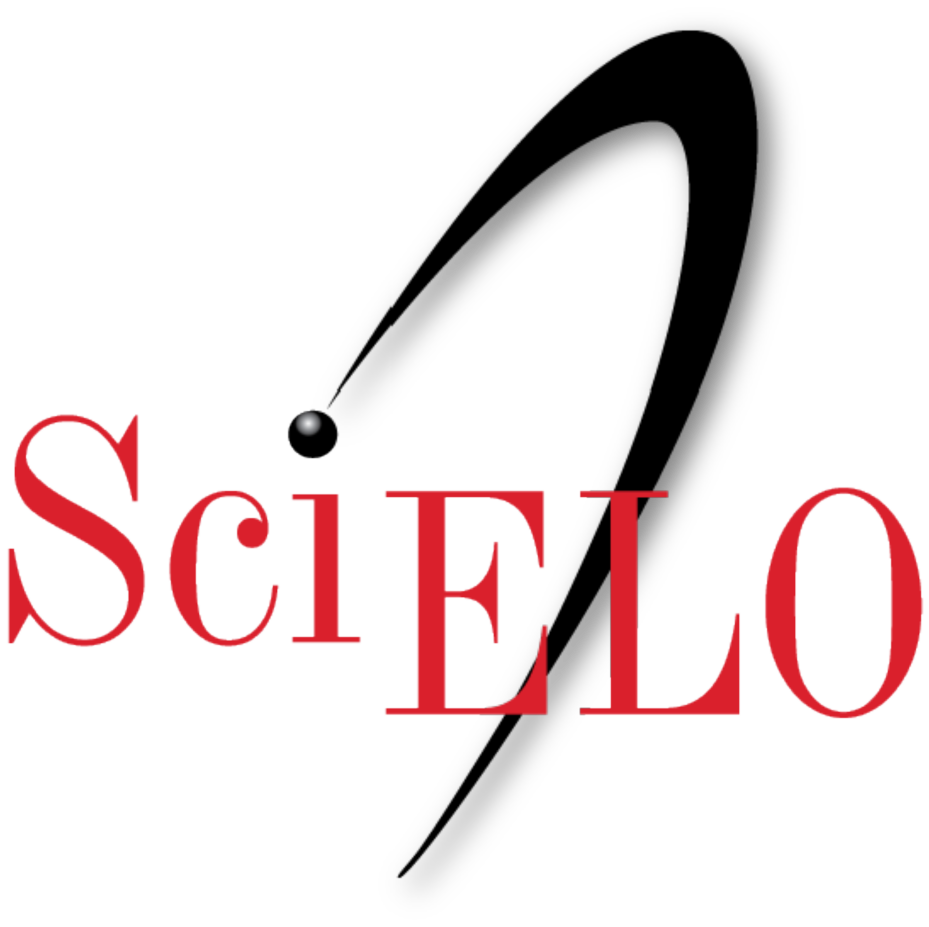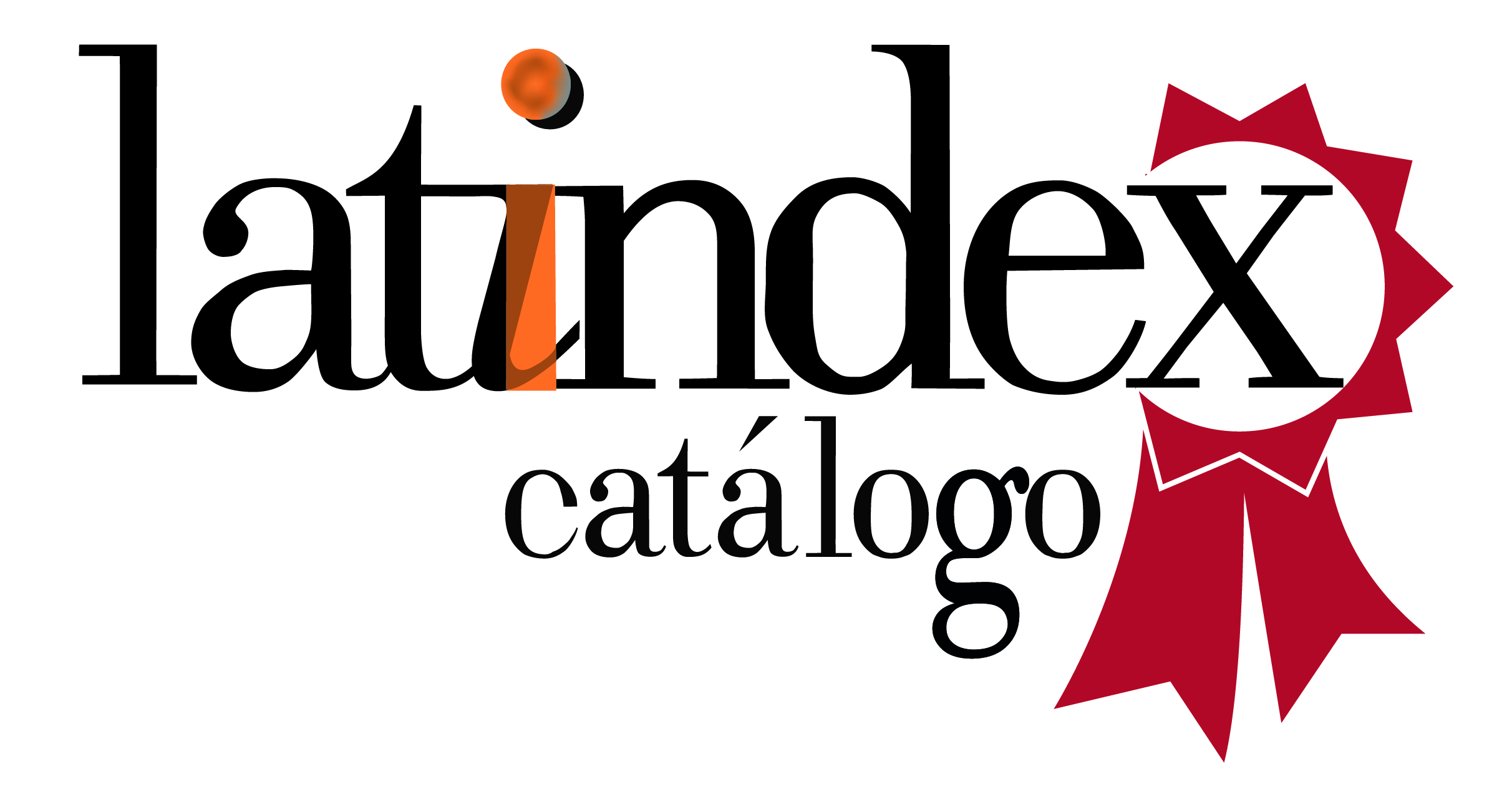Foreign body in nostrils and ear canal at Hospital de Clinicas
DOI:
https://doi.org/10.52379/mcs.v6i1.228Keywords:
Foreign Body, Nostril, Ear, RemovalAbstract
Introduction: The presence of a foreign body in the nasal or otic cavity is a frequent problem in pediatrics, because it can produce severe sequels for the patient's health. Stratifying by age would help us to define the most appropriate measures between these events at different ages. Objective: To know the average age difference between patients with otic and nasal foreign bodies. Methods: Descriptive observational study with analytical components, simple random sampling. Pediatric patients at the Hospital de Clínicas with a history of introduction of foreign body into the nostrils and external auditory canal from January to June 2019. Results: 182 interconsultations were analyzed in the otolaryngology service of pediatric patients with a history of foreign body in the ear or nostril. 47.81% were female. In 58.79% of the cases the reason for consultation was foreign body in the nostril and in 41.21% in the ear. The most frequent extraction methods were nasal curettage (87.85%) and earwashing (54.67%). The most frequent foreign bodies were pieces of bijouteri. Only 2 (1.09%) patients required hospitalization (both with delayed psychomotor development) and extraction under sedation. The most commonly used treatment after ear removal was topical antibiotics (52%) and oral antibiotics combined with nasal lavage (28.97%) for nasal fossa. The mean age of patients with foreign body in the nasal fossa was 2.97 years and in the ear 5.59 years (p<0.05). Conclusion: The guidelines state that children from 5 years onwards distinguish good and bad, decrease autointroductions and this becomes rather accidental; however, in our experience the average age of ear introduction was greater than 5 years.
Downloads
References
Schuldt T, Großmann W, Weiss NM, Ovari A, Mlynski R, Schraven S. Aural and nasal foreign bodies in children – Epidemiology and correlation with hyperkinetic disorders, developmental disorders and congenital malformations. International Journal of Pediatric Otorhinolaryngology. 2019;118:165-169. https://doi.org/10.1016/j.ijporl.2019.01.006
Jahshan F, Sela E, Gruber M. Pneumothorax and Pneumomediastinum Complicating Pediatric Foreign Body Aspiration. Ear, Nose Throat J. 2020;99(2):107-108. https://doi.org/10.1177/0145561318824225
Woodley N, Mohd Slim MA, Tikka T, Locke RR. Not 'just' a foreign body in the ear canal. BMJ Case Rep. 2019;12(4): e229302. https://doi.org/10.1136/bcr-2019-229302
Artigas-Sapiain C, Sarría-Echegaray P, Tomás-Barberán M. Manejo de cuerpos extraños nasales y óticos en niños. Semer - Med Fam. 2010;36(5):278–282. https://doi.org/10.1016/j.semerg.2010.01.017
French MA, Lorenzoni G, Purnima, Azzolina D, Baldas, S, Gregori D, Gulati A. Foreign Body injuries in children in India: Recommendations for prevention from a comparative analysis with international experience. Int J Pediatr Otorhinolaryngol. 2019;124:6–13. https://doi.org/10.1016/j.ijporl.2019.05.020
Díaz Estévez LM, Naranjo Rodríguez SA, Negret Hernández M. Comportamiento de los accidentes por cuerpo extraño en Otorrinolaringología Pediátrica. RevMedElectrón. 2015;37(4):356–63. URL.
Torres Márquez M, Fonseca Pelegrín CL, Díaz Martínez MD, del Campo Mulet OA, Roché Hernández R. Accidentes en la infancia: una problemática actual en pediatría. MEDISAN. 2010;14(3):368-378. URL.
Rodríguez H, Cuestas G, Gregori D, Lorenzoni G, Tortosa S, Rodríguez D’Aquila, et al. Recomendaciones sobre la prevención de la aspiración de cuerpos extraños orgánicos. Arch Argent Pediatría. 2017;115(5):512–516. URL.
Cabrera García A, Quintana Luzón C. Cuerpos extraños en conducto auditivo externo y fosas nasales. JANO. 2001;1425:27–28. URL.
Lara C, Faba G, Caro J. Diagnóstico, manejo y actualización en cuerpo extraño aerodigestivo. Rev Otorrinolaringol Cir Cabeza Cuello. 2008;68(3):309–18. http://dx.doi.org/10.4067/S0718-48162008000400013
González-Hernández CB, Ríos-Nava JR, Curiel-Dávalos CB, Felipe-Vega JC, Vázquez-Ramírez JG. Complicaciones por manipulación previa de cuerpos extraños del oído y la nariz en pacientes pediátricos. An Orl Mex. 2016;61(1):25–34. URL.
Nazar R, Cabrera N, Martelo G, Machiavello G, Naser A. Cuerpo extraño nasosinusal inusual: presentación de 3 casos. Acta Otorrinolaringológica Española. 2014;(65):109–113. https://doi.org/10.1016/j.otorri.2013.11.002
Fried M. Cuerpos extraños nasales. Manual MSD versión para profesionales. 2017. URL.
Artigas-Sapiain C, Sarría-Echegaray P, Tomás-Barderán M. Manejo de cuerpos extraños nasales y óticos en niños. Medicina de Familia. SEMERGEN. Elsevier. 2010;(36):278–282. https://doi.org/10.1016/j.semerg.2010.01.017
Baranowski K, Aaraj MSA, Sinha V. Nasal Foreign Body. StatPearls. StatPearls Publishing; 2021. URL.
Tasche KK, Chang KE. Otolaryngologic Emergencies in the Primary Care Setting. Med. Clin. North Am. 2017;101(3):641-656. http://dx.doi.org/10.1016/j.mcna.2016.12.009
Awad AH, ElTaher M. ENT Foreign Bodies: An Experience. Int Arch Otorhinolaryngol. 2018;22(2):146-151. https://dx.doi.org/10.1055%2Fs-0037-1603922
Bressler K, Shelton C. Ear Foreign-Body Removal: A Review of 98 Consecutive Cases. Laryngoscope 1993;103(4 Pt 1):367–370. https://doi.org/10.1002/lary.5541030401
Tee T, Nasserallah M. The art of removing nasal foreign bodies. Ncbi. 2017;(9):107–112. https://dx.doi.org/10.2147%2FOAEM.S150503
Downloads
Published
Issue
Section
License
Copyright (c) 2022 Raul Andrés Tornaco Maidana, Francisco Adrián Pires Cardozo, Carlos Mena Canata, Enrique Pérez Girala, César Franco Peña

This work is licensed under a Creative Commons Attribution 4.0 International License.











